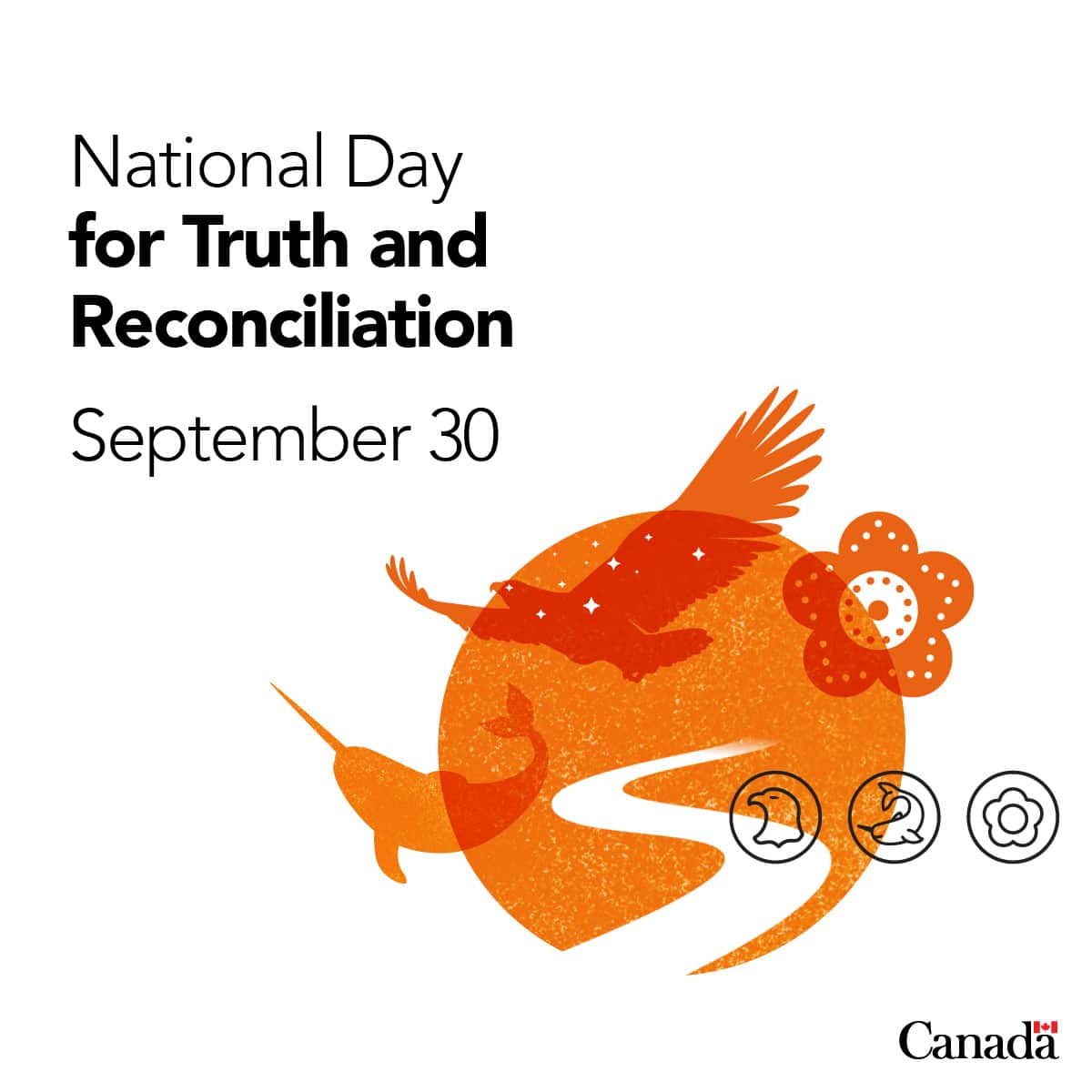By Geoff Straw, M.A. Registered Psychotherapist (Ontario), Registered Clinical Counsellor (British Columbia)
“I learned that different meant many things: freedom, oppression, celebration, sadness, responsibility, hiding, protesting, sharing, but most of all being true to one’s self no matter the price.”
Liza Minelli
Pride: A Time for Celebration and Advocacy
As many communities across Canada prepare to celebrate Pride month the feeling of hope and resilience is palpable. Pride is a time to lift up our voices and to experience the joy of being together and acknowledging the journey toward wholeness and authenticity. It can also be a time for advocacy and indeed protest as we continue to proclaim and protect the rights of 2SLGBTQ+ people worldwide.
Inclusion in Hospice Palliative Care
Hospice Palliative Care also seeks to include all people in the effort to support individuals and families at end of life, and through bereavement. Historically many organizations have not included 2SLGBTQ persons in the circle of care, either through a misunderstanding of our needs or simply by not recognizing how to offer a welcoming and inclusive environment.
Understanding Grief in 2SLGBTQ+ Lives
Grief is the natural response to love and loss that we will all experience, each in our own manner throughout the lifetime. For a gay or transgendered person, the journey to self acceptance is often a tumultuous one. Although we now might take for granted the protection offered through the human rights act in Canada for 2SLGBTQ+ people, as recently as the 1990’s gay civil servants could be terminated if their sexual orientation was discovered. In 2017 a historic apology from the federal government was offered to those individuals whose lives and careers were destroyed as a result of laws and policies that were discriminatory and unjust.
The Emotional Toll of Marginalization
Norman Cousins who wrote extensively about the challenges of living with a life-limiting diagnosis once said, “Death is not the greatest loss in life; the greatest loss is what dies inside us while we live.”
Many 2SLGBTQ+ persons have experienced the pain of being different from a young age. Bullying, violence and isolation may have led us to believe that we were somehow flawed. As Alan Downs explores in his book, “The Velvet Rage” the tendency to hide our true selves is very strong. We may have learned to mask our true feelings and self, developing a public persona that we thought was acceptable to the outside world.
Barriers to Grief Expression
Early life experiences of isolation, trauma and fear that are common in the lives of many 2SLGBTQ+ individuals may lead to later challenges in the expression of grief when a loved one dies.
Grief is a unique experience for everyone and there is no right or wrong way to express our loss. Our North American culture may treat grief like an illness to be cured, or a problem that needs to be solved, packed up, and put away.
For queer persons there may often be a lack of support or an estrangement from family who are not accepting or understanding of their son, daughter or sibling. There might also be an inability to acknowledge the painful aspects of the loss due to the “masking” tendency developed as a survival strategy throughout life.
Creating Inclusive Grief Support
Healing through grief includes acceptance of ourselves as we are, and our unique expressions of emotions and struggle. While this may be more difficult for 2SLGBTQ+ persons, I believe that it is possible to find a way through. Educating and empowering organizations to support us in our experience of loss is a path forward. Too often well-meaning hospice and other community-based agencies have not fostered a culture of inclusiveness and belonging.
Service organizations can take meaningful steps to relieve unintentional barriers to care by:
- Honouring pronouns and fostering belonging through inclusive language.
- Adapting intake forms to reflect chosen names and preferred address.
- Displaying Pride flags and 2SLGBTQ+ symbols in visible spaces.
- Embedding inclusion in mission statements and values along with a non-discrimination policy.
- Offering queer-friendly services such as individual support and 2SLGBTQ+ grief circles.
- Training staff in community-specific needs and cultural competency.
A Path Forward
By prioritizing inclusivity, everyone – regardless of sexual orientation or gender identity – will know that they are welcomed and accepted and have found a place to honour their unique expression of grief. And, to receive support that may be an essential part of the healing journey.
Self acceptance, safety, and the positive regard of others in our life are essential ingredients for resilience and healing.
Learn More
For deeper insights into these themes, join Geoff Straw and Carma Mackenzie for our upcoming free June webinar, “Challenges and Resilience in the 2SLGBTQ+ Community: Exploring Grief and Bereavement”. Register here.





